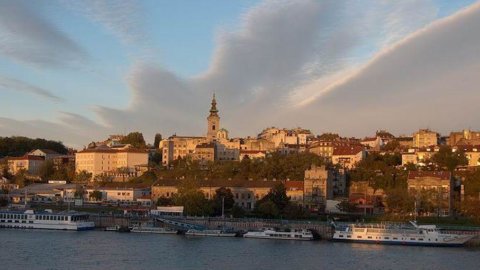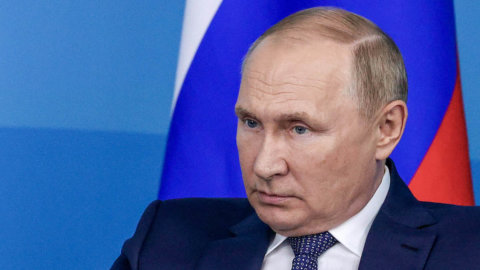According to a recent report from the Intesa Sanpaolo Studies and Research Department, in Serbia the favorable economic conditions for investments and consumption supported GDP growth during 2017 (+1,9%) and will still represent the main growth catalysts for the current year (+2,5% according to the latest forecasts). The positive notes come both from the domestic front, thanks to expansionary monetary policy, a declining unemployment rate and an increase in consumer confidence, and from the external one, thanks to the economic recovery of the main European trading partners. Furthermore, the absence of inflationary pressure, due to the favorable exchange rate and economic growth below potential although approaching it, is determining the low dynamics of consumer prices, which analysts forecast will remain around 3,0 %. In this context, the expansionary stance of monetary policy is expected to continue in the coming months.
For 2017, the IMF estimates that the public budget balance was slightly positive (0,2%), while for the current year the Serbian authorities have defined a target deficit of 0,7%. The Government intends to strengthen investments, especially in infrastructure, and offset the higher expenditure by reducing pension expenditure. In this sense, the progressive adjustment of the public finances implemented starting from 2016 has allowed a significant drop in the public debt from 74,7% to 61,5% in the two-year period 2015-17. However, the external imbalance due to the current account deficit, equal to 6,0% of GDP in 2014, was partially corrected compared to previous years, although it still represents an element of vulnerability for the long-term sustainability of the foreign financial position of the country, whose external debt is almost 80% of GDP.
The main foreign liquidity indicators, such as the ratio between official reserves and short-term foreign debt or the reserve cover ratio, are instead above the alert thresholds. In February, the IMF's Stand-by Arrangement Program activated in 2015 came to an end, with which the Washington institute made 935,40 million SDRs available to Serbia.
In Bosnia Herzegovina, on the other hand, in the first nine months of last year the GDP rose by +3,0%. And the high-frequency monthly economic indicators signal that in the final part of the year the GDP trend remained positive, although estimated to slow down to +2,0% (with an annual average of +2,6%). The growth of exports in the fourth quarter of 2017 was very strong (+15,5%) but lower than that of the previous quarter (+23%), where however industrial production accelerated from +5,5% to +9,0%, 1,2% highlighting possibility of upward revision of GDP. The trend in consumer prices stabilized at an average of 2018% and analysts predict that inflation will remain on an increasing but moderate path during the two-year period 19-XNUMX due to the low growth in energy prices , thanks to the local currency pegged to the euro and therefore strengthening against the dollar, and also due to the economic growth below potential, although expected to increase.
As part of the EEF Programme, activated in 2016 with the IMF and lasting three years, Bosnia has achieved a significant correction of its public finances, strengthening its sustainability. Fiscal consolidation was mainly achieved through a reduction in both current spending, which fell by almost 3,5% of GDP between 2014 and 2017, and investment spending, which fell by 1,5% of GDP in the same period. period. As regards 2018, the IMF expects a public budget balance that is still positive but down to 1,2% with investment spending rising to 5,5% of GDP. Among the major elements of economic vulnerability in the country is the current account deficit which, although it has partially corrected in recent years, is still significant (over 5,0%). In the absence of a structural decrease in the current deficit, the external debt (currently at around 61,1%) could hardly be reduced in the medium-long term. Also not to be forgotten is the unemployment rate which, although declining, is still high and close to 40%.
Thus, while the public accounts imbalance in Serbia has been corrected significantly, the external one has been partly corrected and a further stable correction in the medium/long term seems to be important to strengthen the sustainability of the external debt. In view of the improved economic conditions, the major rating agencies have recently revised the ratings of the country: the ratings expressed by the rating agencies Fitch and Standard & Poor's are aligned, placing Serbia in class BB, while Moody's assigns the country the rating Ba3. With regard to Bosnia Herzegovina, on the other hand, the Moody's agency assigns the country a B3 rating while Standard & Poor's assigns a B rating. These ratings reflect the vulnerability factors mentioned above while taking into account the economic prospects in the medium/long term.





